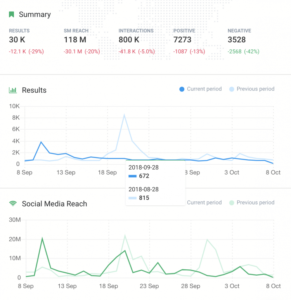Economic Readiness
Communities that are equipped with the quality education and employment preparation needed for residents to succeed in the economy. Residents discussed economic readiness as a driver of economic security, as well as an indicator of the community investment and opportunity necessary to community safety.
Areas within Economic Readiness that residents found to be most important for safety and thriving.
The following indicators are meant reflect the conditions underlying community safety and thriving.
Disconnected Youth
Youth struggle to access quality education and other extracurricular opportunities that might expose them to academic and professional pathways, and disconnection from those activities can contribute to engagement in activities that undermine community safety.
Disconnected youth
Responsible NYC/Gov Agency: NYC Opportunity
Description: Number of young people ages 16-24 who are neither working nor in school
Public Data Available? Yes.
Included in ONS Neighborhood Navigator: No.
Data Concern/Recommendation: Public data should be released by geographic and demographic-level information.
Drop-out rate
Responsible NYC/Gov Agency: DOE
Description: New York City public high school students who had dropped out after four years or six years of instruction.
Public Data Available? Yes.
Included in ONS Neighborhood Navigator: No.
Data Concern/Recommendation: Public data should be released by geographic and demographic-level information.
How residents talk about Economic Readiness
How residents feel about Economic Readiness?
Social Media Analysis
FAQ
Q: Is this data available?
A: All the data provided in the data explorer can be downloaded from the NYC Open Data Portal. All of the other data included as samples or recommended for data collection can be sourced from the NIS report but is not readily available.
Q: What are some actionable steps as a NYC resident?
A: First, we encourage you to review the NIS Safety and Metrics report. Second, encourage the relevant NYC agencies to improve data collection efforts, quality, frequency, and granularity. Third, hold government accountable around safety by pushing accountability across all agencies – every agency discussed has some role to play in co-producing safe and thriving communities.
Q: Who should I contact if I see errors or concerns in the data explorer?
A: Please email map@cityhall.nyc.gov with the subject “ONS Neighborhood Navigator Issue.” Someone from our team will get back to you 🙂
Q: When will the social media data be made available?
A: The SAFE Lab Social media tool is currently under research and development but will be made available in 2022. To keep up to date, please revisit this site for more information.
Feedback
Have questions? Want to get involved? Reach out to us via the following:
Email us at map@cityhall.nyc.gov
Subscribe to our newsletter for updates and info
Follow us on Instagram @nstatnyc
For press inquiries: mocjpress@cityhall.nyc.gov
